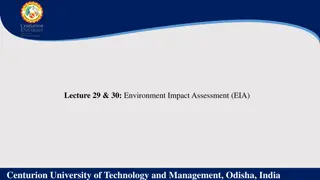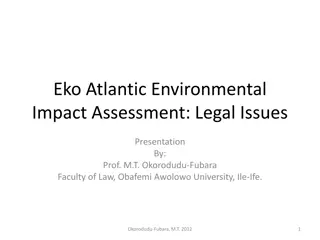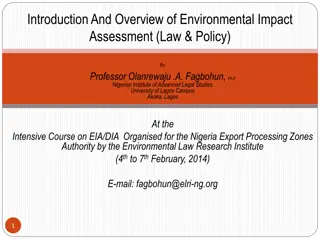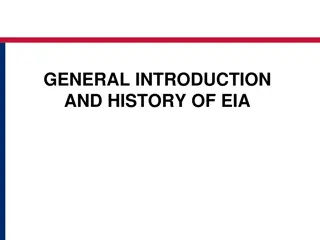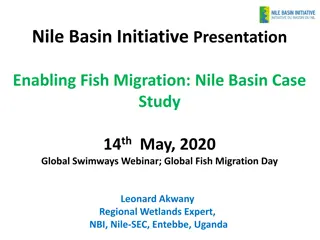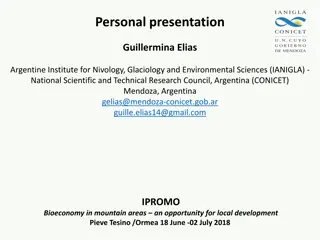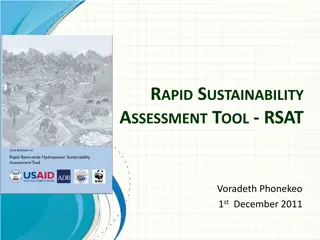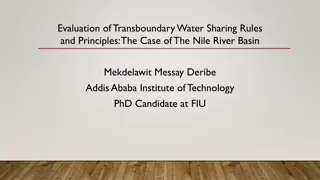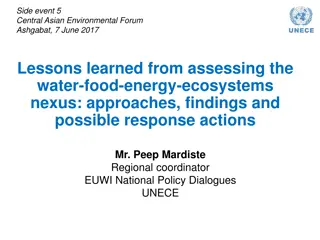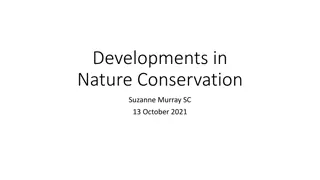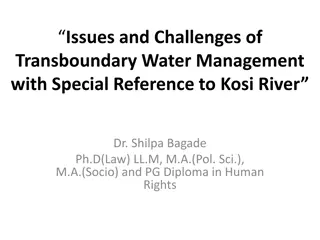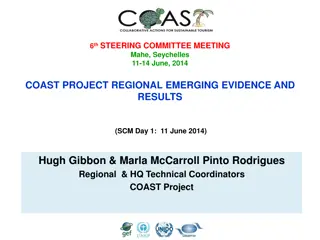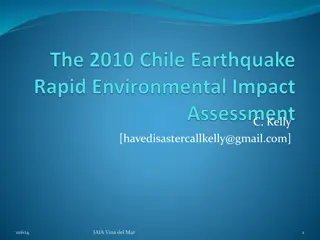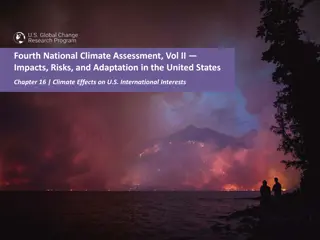Transboundary Environmental Impact Assessment for Greenstar Development
The Transboundary Environmental Impact Assessment (EIA) conducted for the Greenstar Development project involving EU Member States A and B reveals potential environmental impacts like soil and waste deposition, polluted dredging material transfer, and altered currents affecting wetlands and flooding risks. Mitigation measures such as new wave control technology and compensatory measures like constructing new wetlands are proposed to address these impacts.
Download Presentation

Please find below an Image/Link to download the presentation.
The content on the website is provided AS IS for your information and personal use only. It may not be sold, licensed, or shared on other websites without obtaining consent from the author.If you encounter any issues during the download, it is possible that the publisher has removed the file from their server.
You are allowed to download the files provided on this website for personal or commercial use, subject to the condition that they are used lawfully. All files are the property of their respective owners.
The content on the website is provided AS IS for your information and personal use only. It may not be sold, licensed, or shared on other websites without obtaining consent from the author.
E N D
Presentation Transcript
Transboundary EIA Yvonne Scannell Law School, Trinity College, Dublin Arthur Cox, Solicitors, Dublin
EU Member States A and B State A on northern shores of Port of Sevilla State B on southern shores All State A foreshore is an SPA and it has a priority species there , the iudex bukarestis State B foreshore is the habitat of migratory birds and an SPA also
The Greenstar development New quay wall and berth for luxury liners Reclamation of lands from the sea An oil refinery on reclaimed lands Dredging in State A and B waters
Benefits in State B More tourism from luxury liners Ensures some security of supply of energy by having the refinery Having a refinery for new oil discovered offshore in State B
Environmental impacts Depositing massive amounts of soil, rock and waste from State A on the foreshore in State B Sending polluted dredging material from State B to State A for disposal Deflected currents may create new wetlands in State A, de-water existing ones and maybe increase the risk of flooding there
Mitigation measures New wave control technology to deflect currents from State B
Compensatory measures Construction of new wetlands in State A to compensate for loss of any existing wetlands



